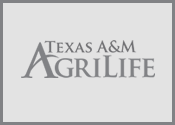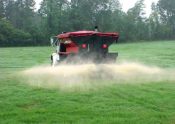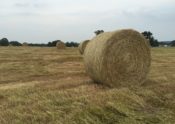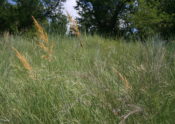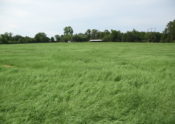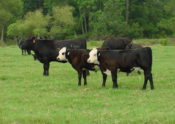
Forage systems are essential for the livestock industry, and the selection of the right grass species is crucial for optimal animal performance. Bermudagrass and bahiagrass are introduced summer perennial grasses that are well adapted to Central and East Texas. Hybrid bermudagrass is a highly productive, warm season grass that grows well in areas with mild winters and long, hot summers. It has a fine stem and leaf structure, making it a highly palatable forage option for livestock. Hybrid bermudagrass is known for it’s high yield potential and nutrient… Read More →
